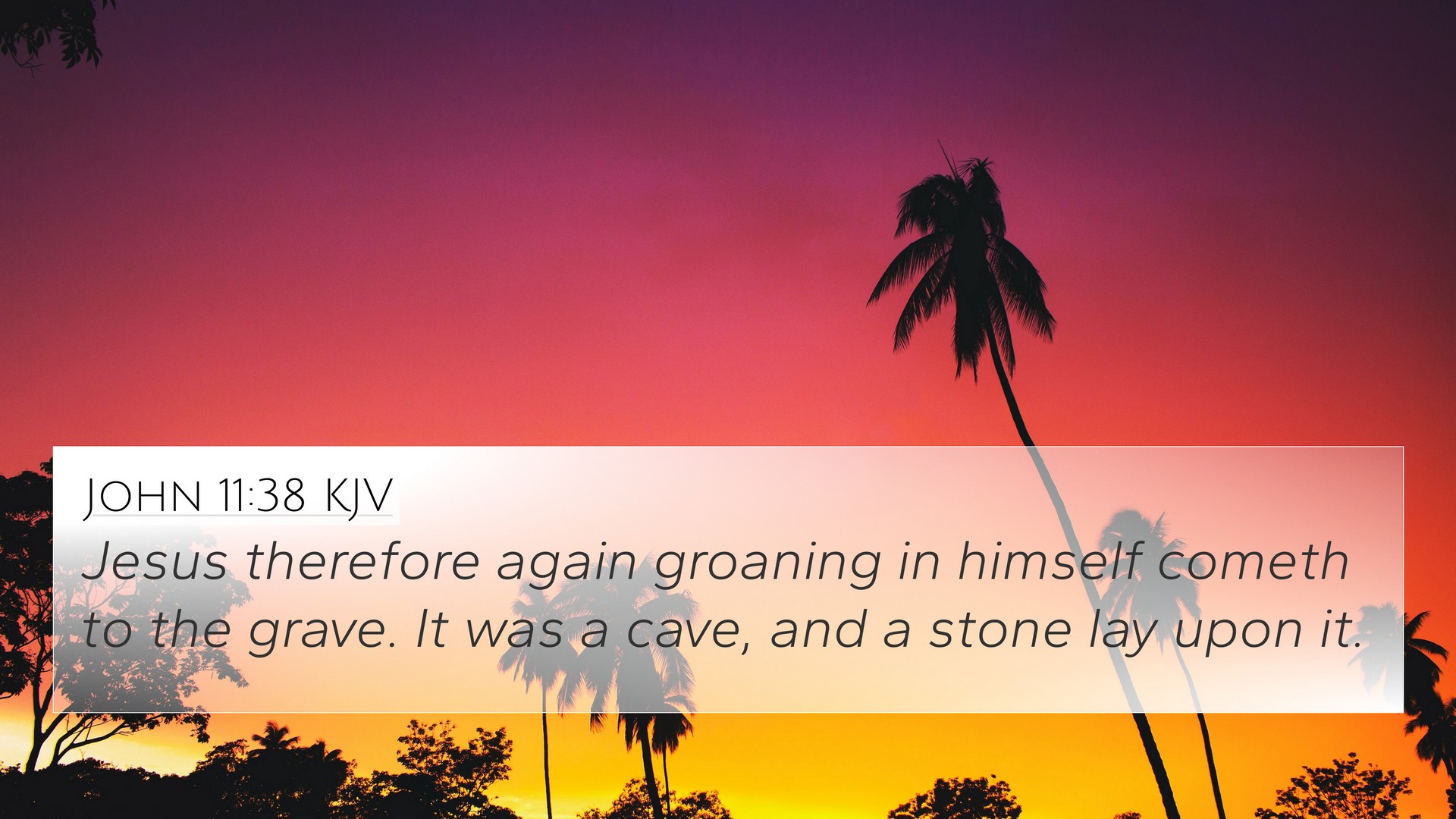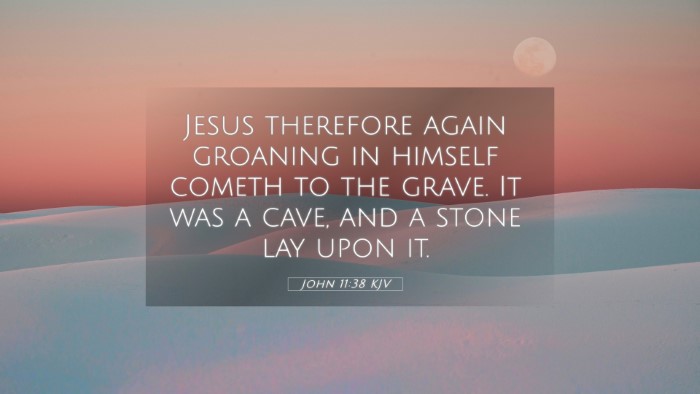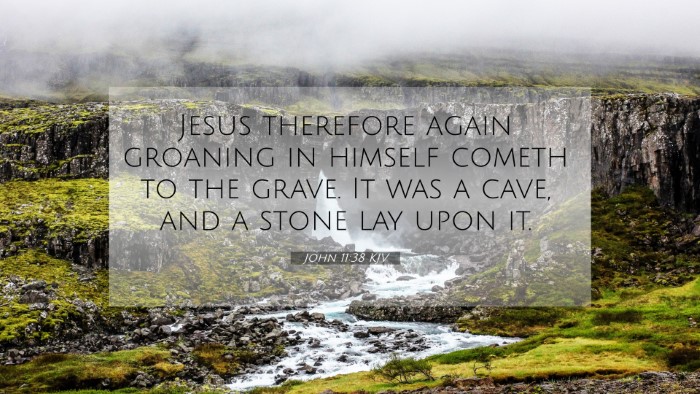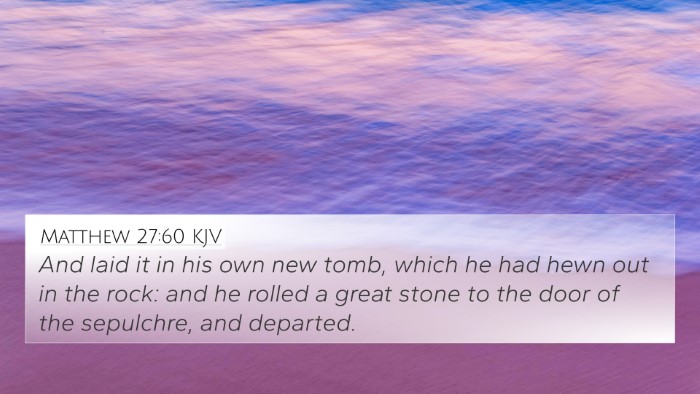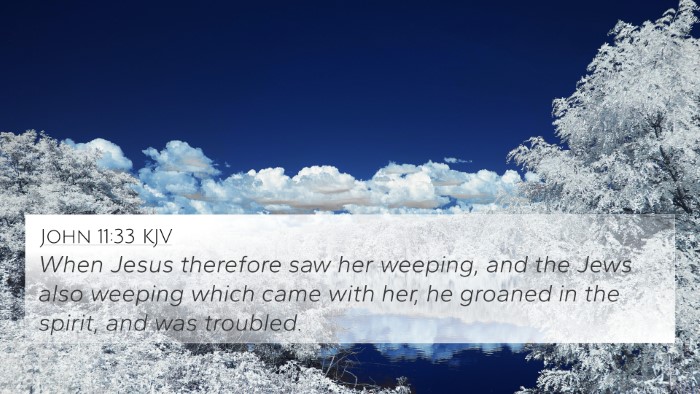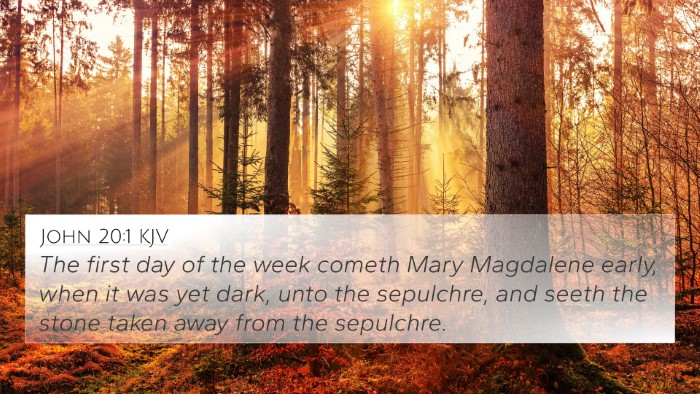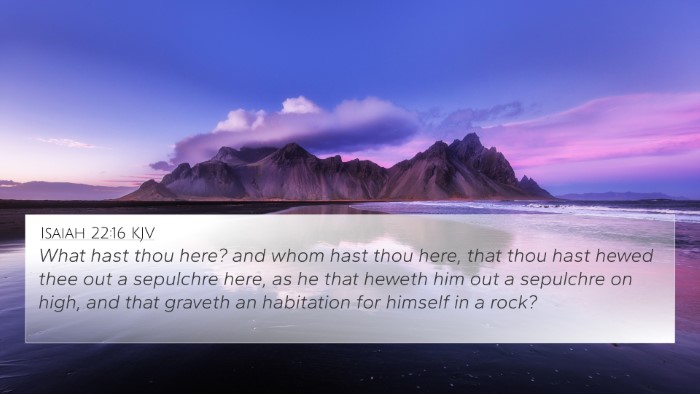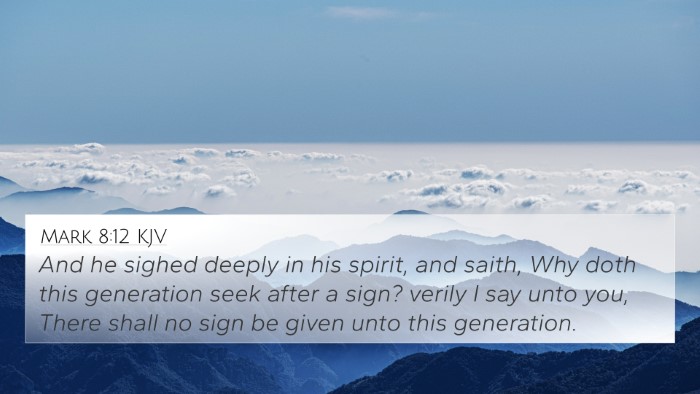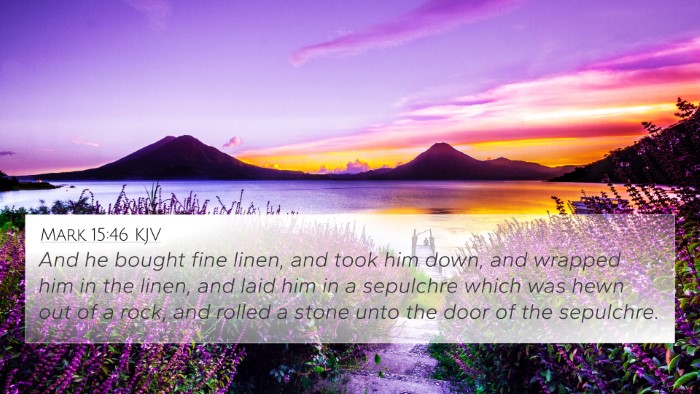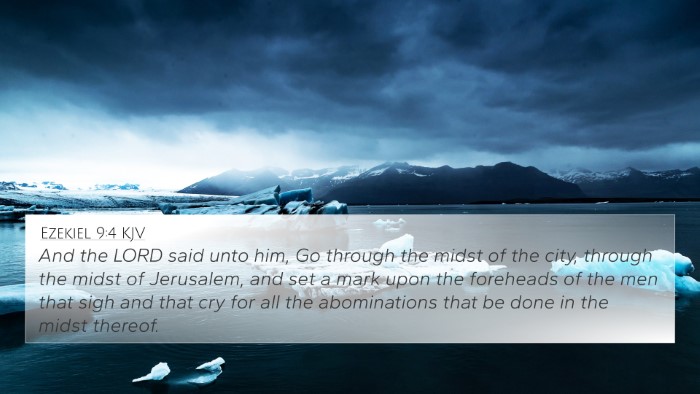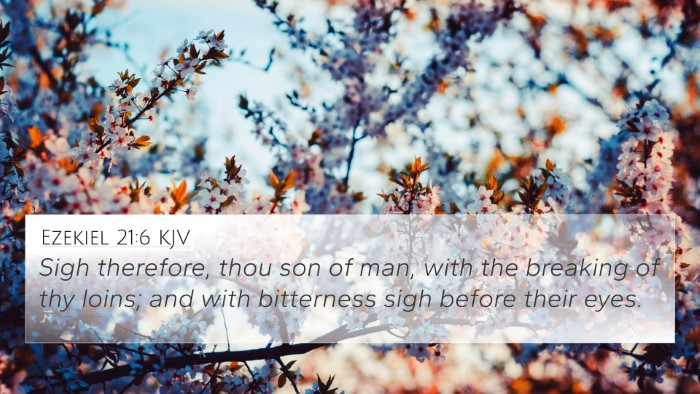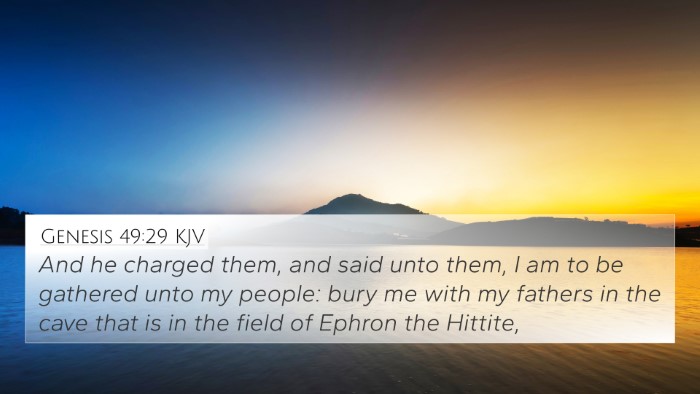Understanding John 11:38
John 11:38: "Jesus, therefore, again groaning in himself, cometh to the grave. It was a cave, and a stone lay upon it."
This verse illustrates the emotional depth of Jesus as He approaches the tomb of Lazarus. The term 'groaning' signifies a profound sense of sorrow and agitation within Christ. This reaction expresses His compassion for those mourning and reflects His empathy with human suffering.
Contextual Insights
In the context of John 11, the narrative revolves around the death of Lazarus and the consequent grief felt by Mary, Martha, and their community. Jesus’ feelings here serve as a pivotal moment that connects the themes of sorrow, grief, and hope throughout the scripture.
Commentary Summaries
- Matthew Henry: Henry emphasizes that Jesus' groaning indicates not only His love for Lazarus but also His indignation toward death and the suffering that it causes. This moment reminds believers of the kinship of Christ with humanity in suffering.
- Albert Barnes: Barnes discusses how Jesus approaches the grave with a mixture of sadness and purpose. His groaning conveys His anticipation of the miraculous act He is about to perform, which ultimately showcases His divine authority over life and death.
- Adam Clarke: Clarke notes that the term 'grave' in this context signifies both the literal tomb and the metaphorical grave of sin and separation from God. Jesus’ actions here hint at His role as the redeemer who has power over all forms of death.
Cross-References
This verse connects with several other scriptures that reinforce its themes and messages:
- John 11:35: "Jesus wept." - Illustrates Jesus' profound empathic sorrow.
- Romans 5:12: "Wherefore, as by one man sin entered into the world, and death by sin; and so death passed upon all men, for that all have sinned." - Establishes the connection of death as part of the human condition.
- 1 Corinthians 15:55: "O death, where is thy sting? O grave, where is thy victory?" - Reflects the ultimate victory over death through Christ.
- Hebrews 2:14: "Forasmuch then as the children are partakers of flesh and blood, he also himself likewise took part of the same; that through death he might destroy him that had the power of death, that is, the devil." - Emphasizes Christ’s solidarity with humanity.
- Matthew 27:51: "And, behold, the veil of the temple was rent in twain from the top to the bottom; and the earth did quake, and the rocks rent." - Symbolizes the breaking of barriers through Jesus’ sacrifice.
- John 14:6: "Jesus saith unto him, I am the way, the truth, and the life: no man cometh unto the Father, but by me." - Reinforces Jesus as the source of life.
- Philippians 2:7-8: "But made himself of no reputation, and took upon him the form of a servant, and was made in the likeness of men: and being found in fashion as a man, he humbled himself, and became obedient unto death, even the death of the cross." - Links to His humility and the purpose behind His earthly ministry.
Thematic Connections
The themes found in John 11:38 resonate deeply within the entire Biblical narrative.
- Human Suffering: The active participation of Jesus in human grief demonstrates His empathy and strengthens the theme that He understands and bears human sorrows.
- Death and Resurrection: This event foreshadows the ultimate resurrection of Christ, suggesting a transformative power over death.
- Divine Authority: The groaning and subsequent act of raising Lazarus underline the notion of Christ’s authority as the Son of God, showcasing His divine mission to conquer death.
Inter-Biblical Dialogue
The parallels between this verse and other scriptural texts create a rich tapestry of understanding. By utilizing tools for Bible cross-referencing, readers can discover deeper connections.
Tools for Bible cross-referencing enrich interpretations by opening paths to similar themes and messages across different passages:
- Bible Concordance: Helpful for finding related terms and verses across the scripture.
- Bible Cross-reference Guide: Consolidates relevant verses that relate to specific themes.
- Cross-reference Bible Study: Methods taking intersecting verses to deepen understanding.
- Bible Reference Resources: Essential for exploring comprehensive biblical commentaries and thematic studies.
Conclusion
The insights gained from John 11:38 lead to a profound understanding of Christ’s nature, His divine empathy, and the hope found in His resurrection power. Cross-referencing this verse helps believers not only in personal study but also enriches sermons, teaching, and shared faith journeys.
As we study this verse and its connections, we encourage continued exploration of the biblical text, drawing upon various studies and resources to enhance our understanding of God's Word.
